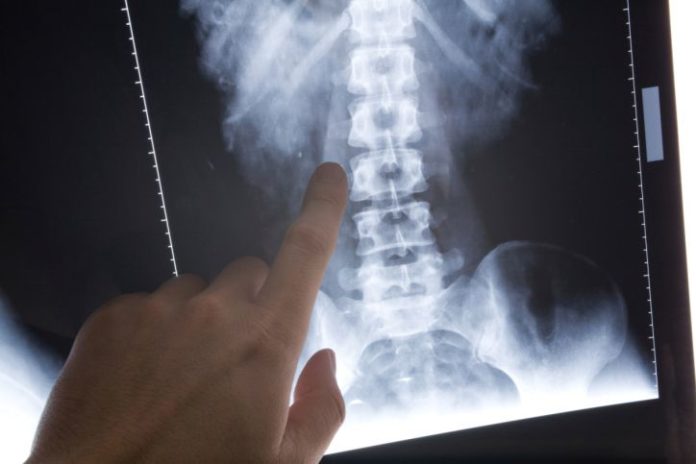Researchers are involved in the only drug trial in the Southern Hemisphere aimed at altering the growth patterns for young children who have achondroplasia, a disorder of bone growth that causes the most common type of dwarfism.
It is hoped that this potential first-in-class treatment will decrease the amount of health complications associated with the condition and reduce the level of hospitalisations for people with achondroplasia.
Over 80% of individuals with achondroplasia have parents with normal stature and develop achondroplasia as the result of a spontaneous gene mutation. Average adult height for men with achondroplasia is 131 cm and 124 cm for women.
The two-part trial will first study the growth of children aged between four and nine years old with achondroplasia over a minimum period of six months, and in the second phase, will trial the study drug. The program will involve up to eight participants in Victoria; two have already been recruited into the initial growth study.
The trial in Melbourne forms part of a wider trial, with sites in the US, Paris, and London. Murdoch Childrens was the only site chosen to take part in the southern hemisphere.
Professor Ravi Savarirayan, who is leading the Melbourne arm of the trial, said he hopes they will be able to improve the lives of children and their families with the condition.
“Short statured people don’t just have short stature, they have short spines, they have painful knees and hips, and other orthopedic and medical issues. This trial is not just about trying to make short people taller, we are trying to avoid short statured people having to undergo things like spinal and hip surgery,” he said.
Professor Savarirayan recognises that some might see the trial as controversial, but says this is about giving people options.
“I am interested in anything that gives people new, safe treatment options, based on sound, ethical research. This trial is about assessing if this medication might be an option for some children with achondroplasia. It is primarily aimed at seeing if this medication might be a safe, option to decrease complications and the need for surgery in some patients, while assessing any beneficial effects on growth.”











